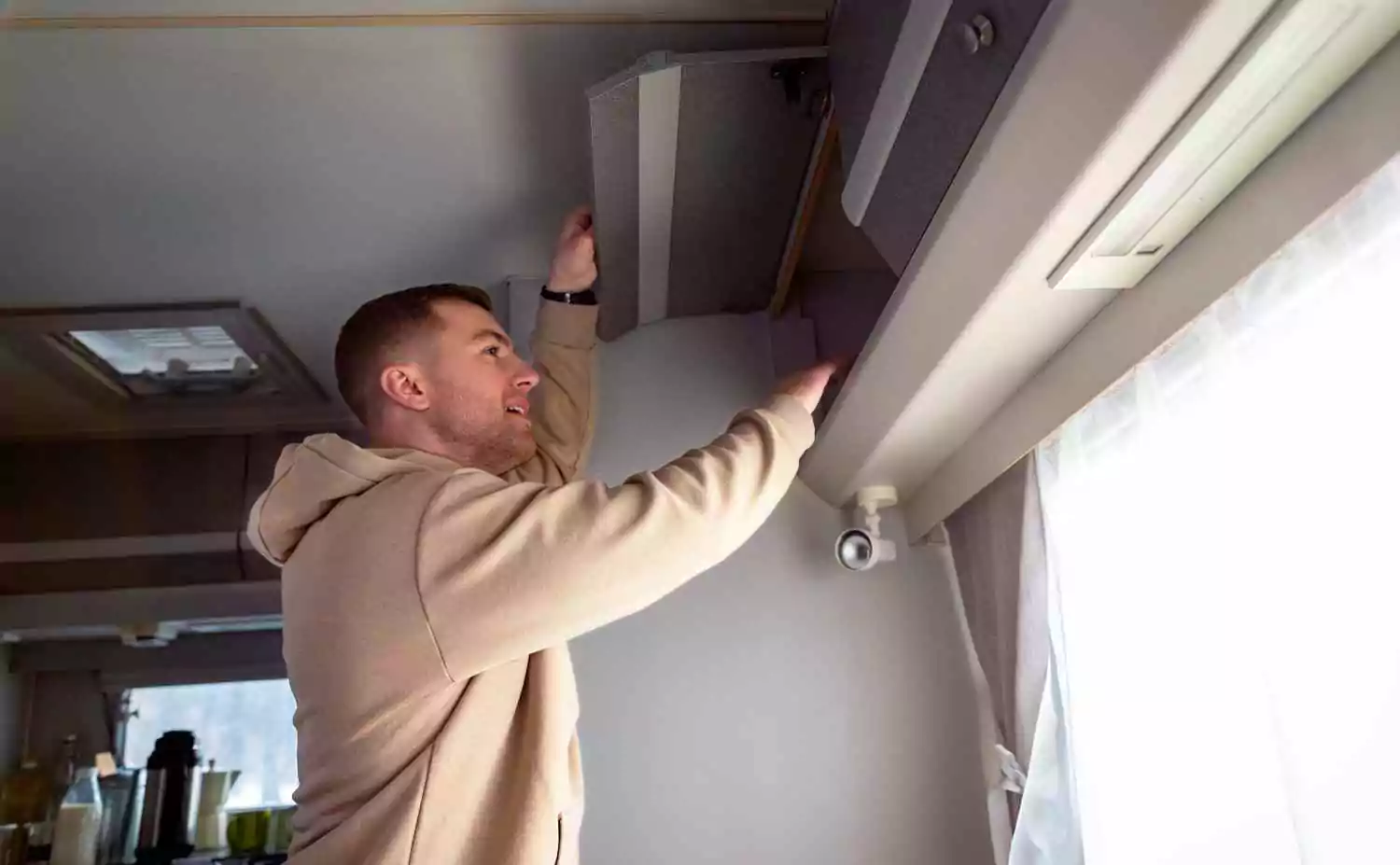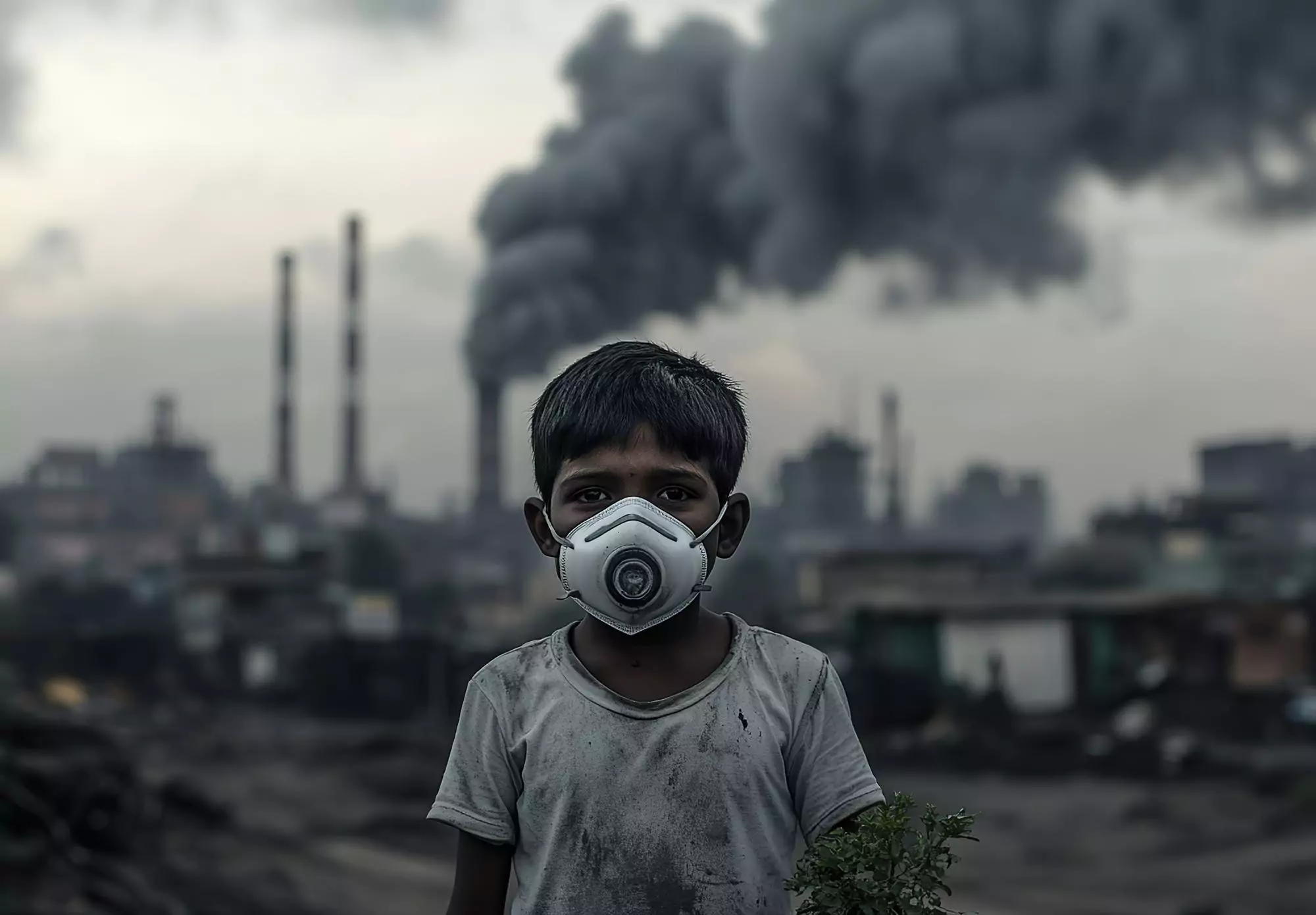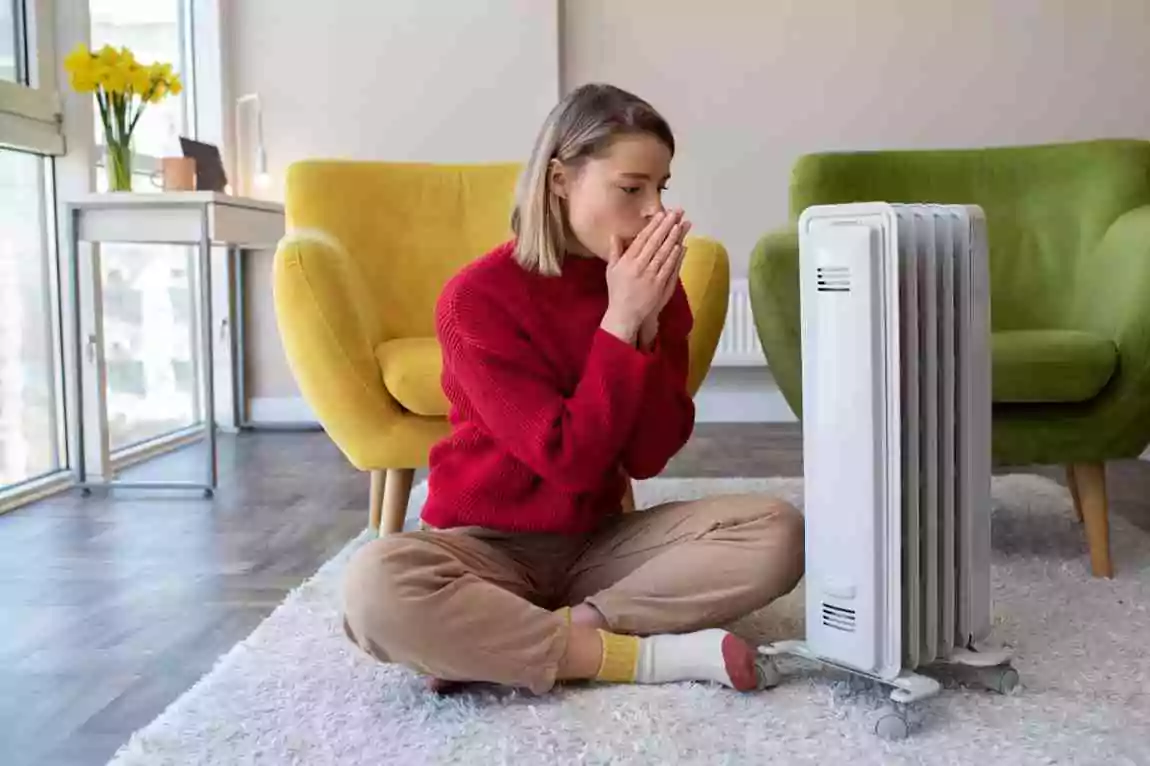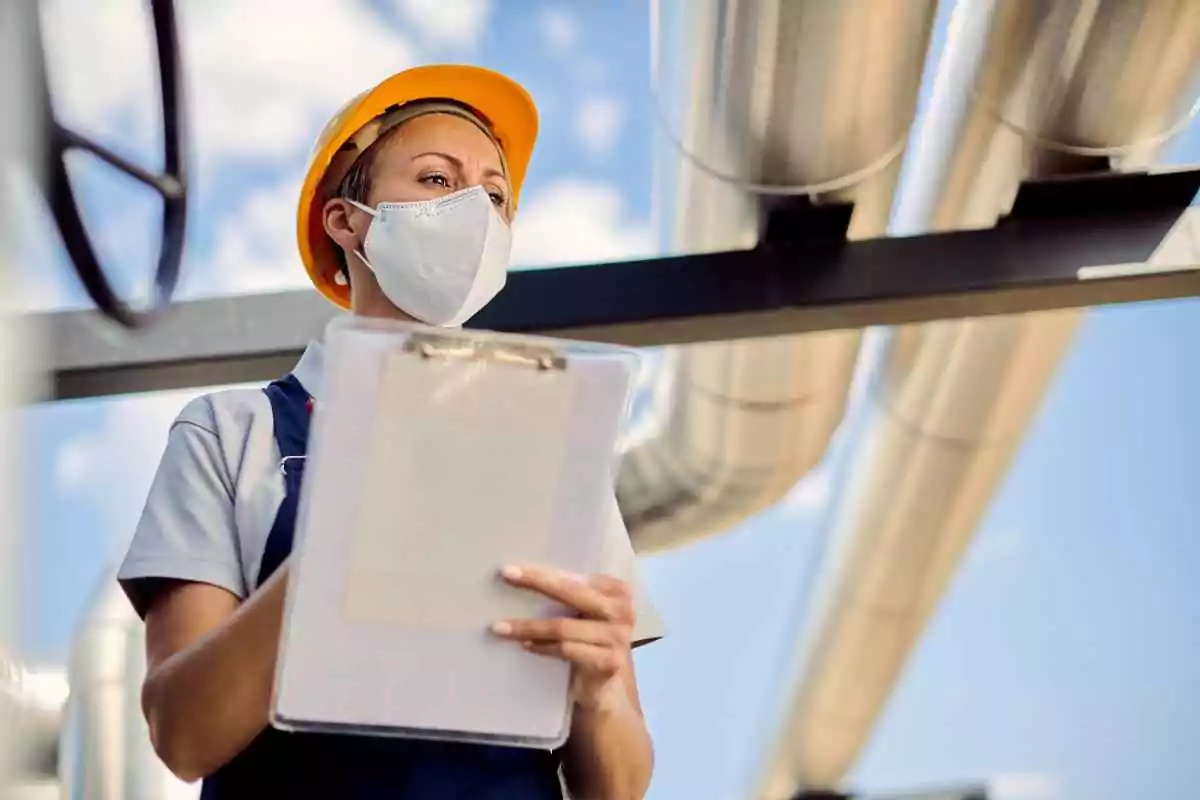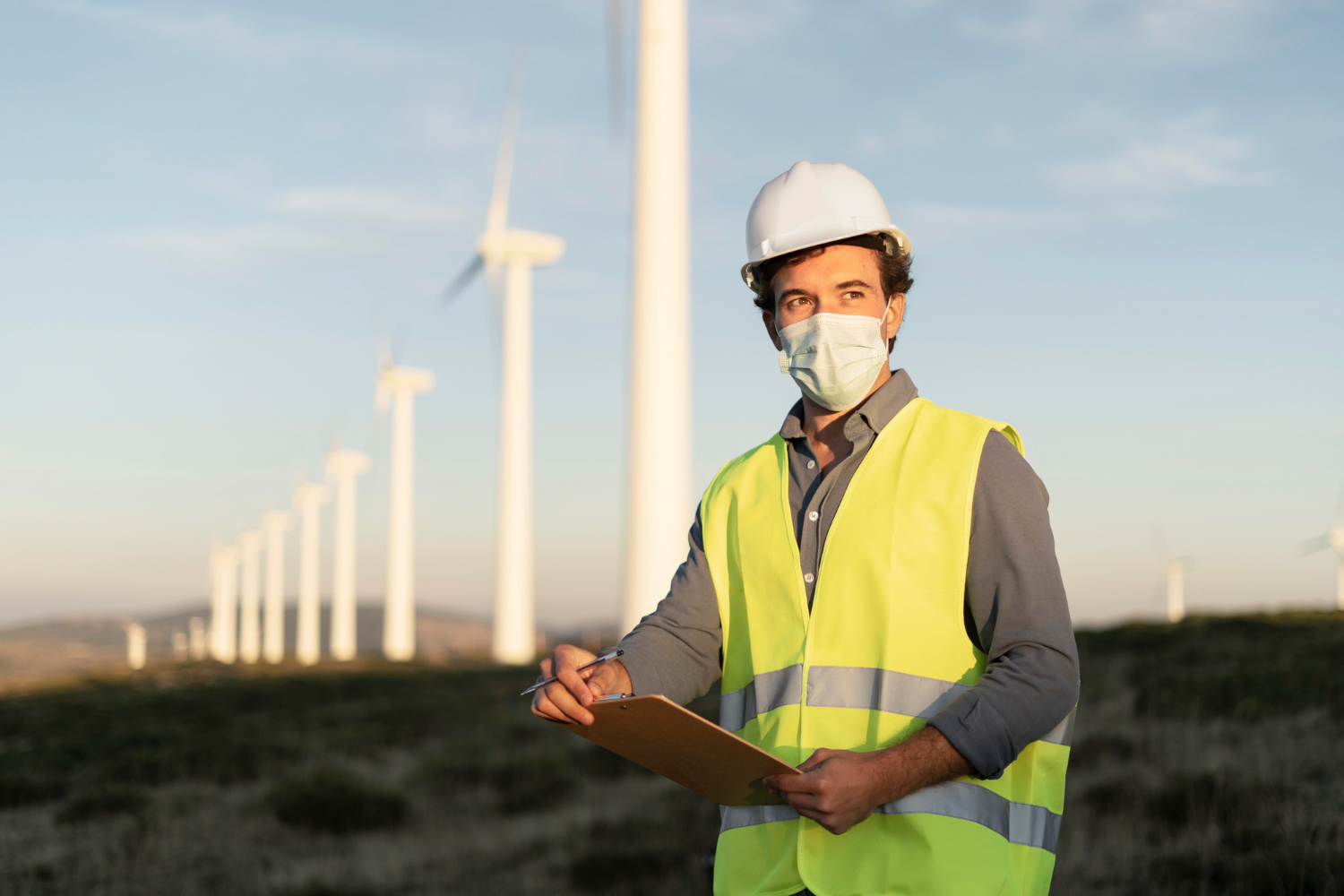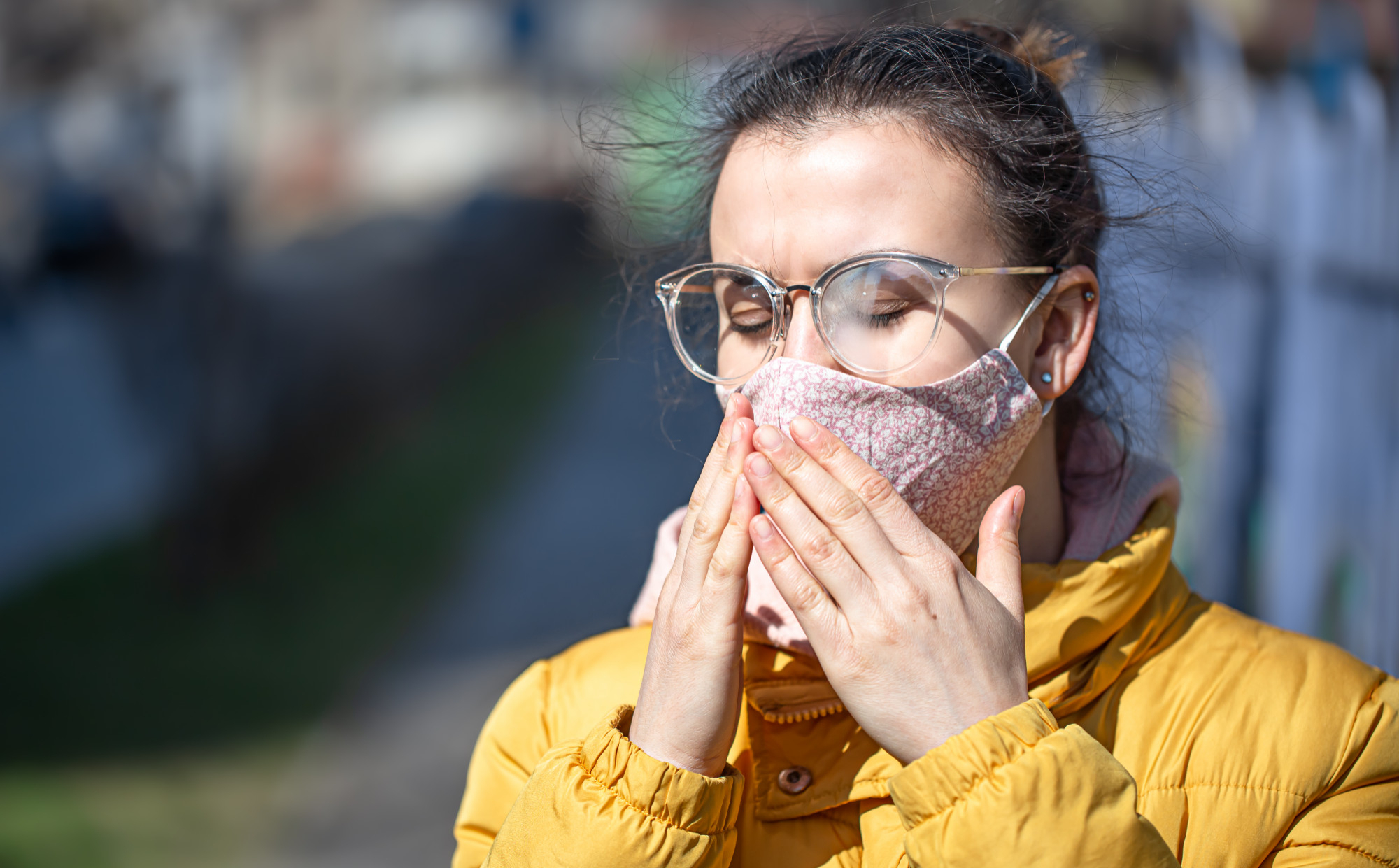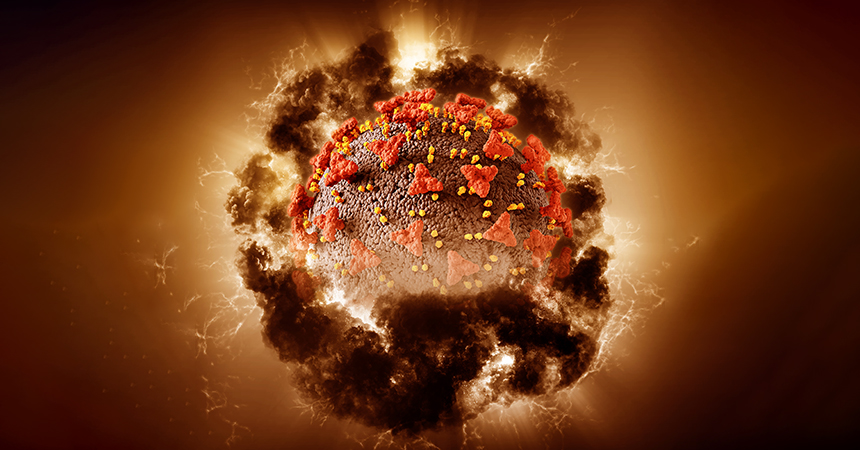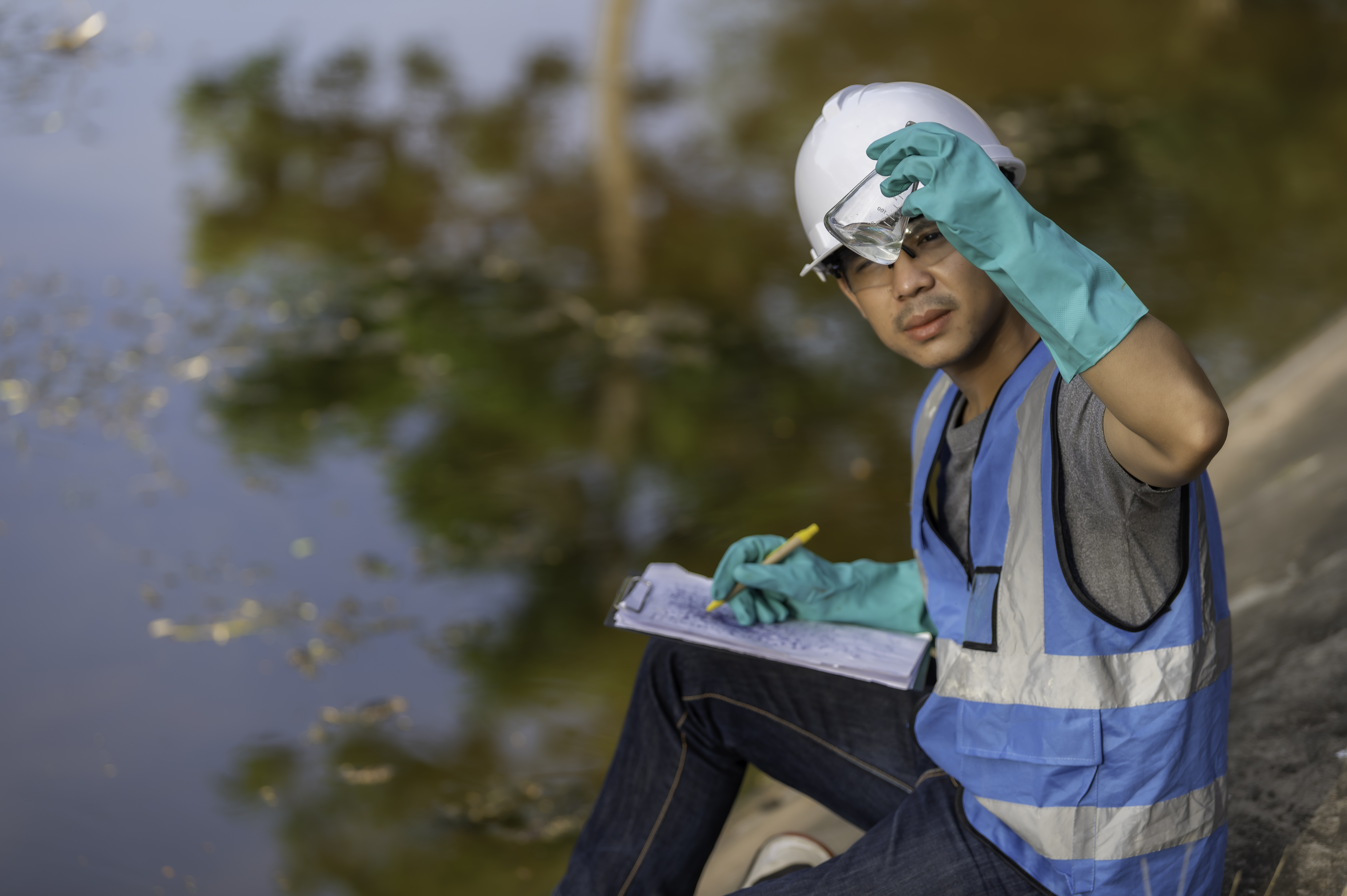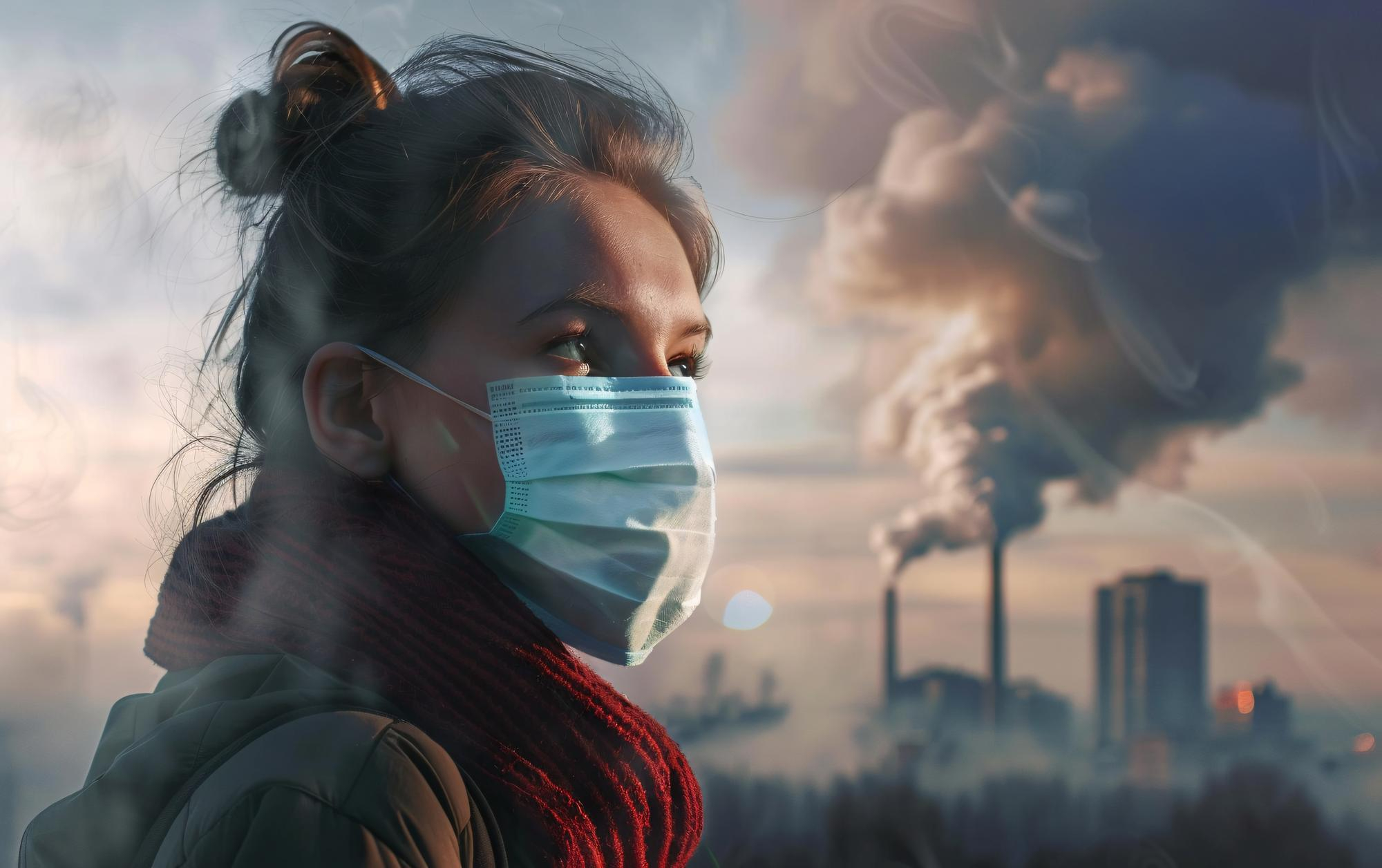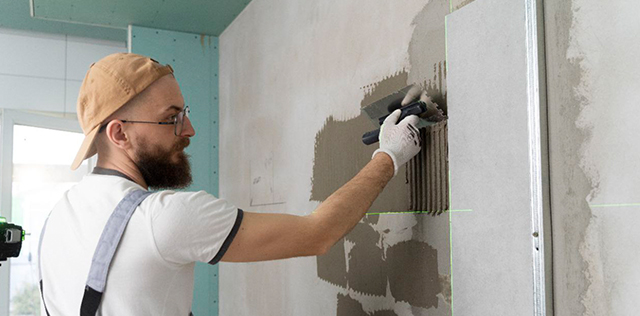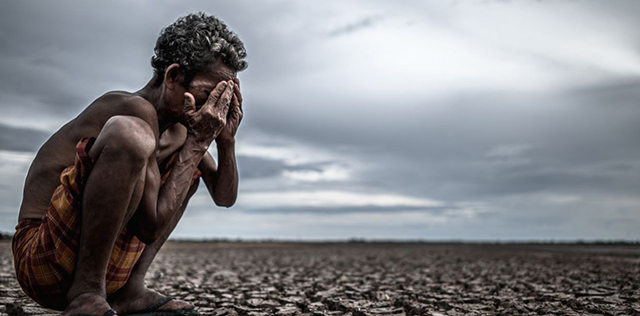What Rain Really Does to Air Quality: Myths vs Facts
Discover how rain impacts air quality, bust myths vs facts, and learn why long-term solutions matter for fighting air pollution in India.
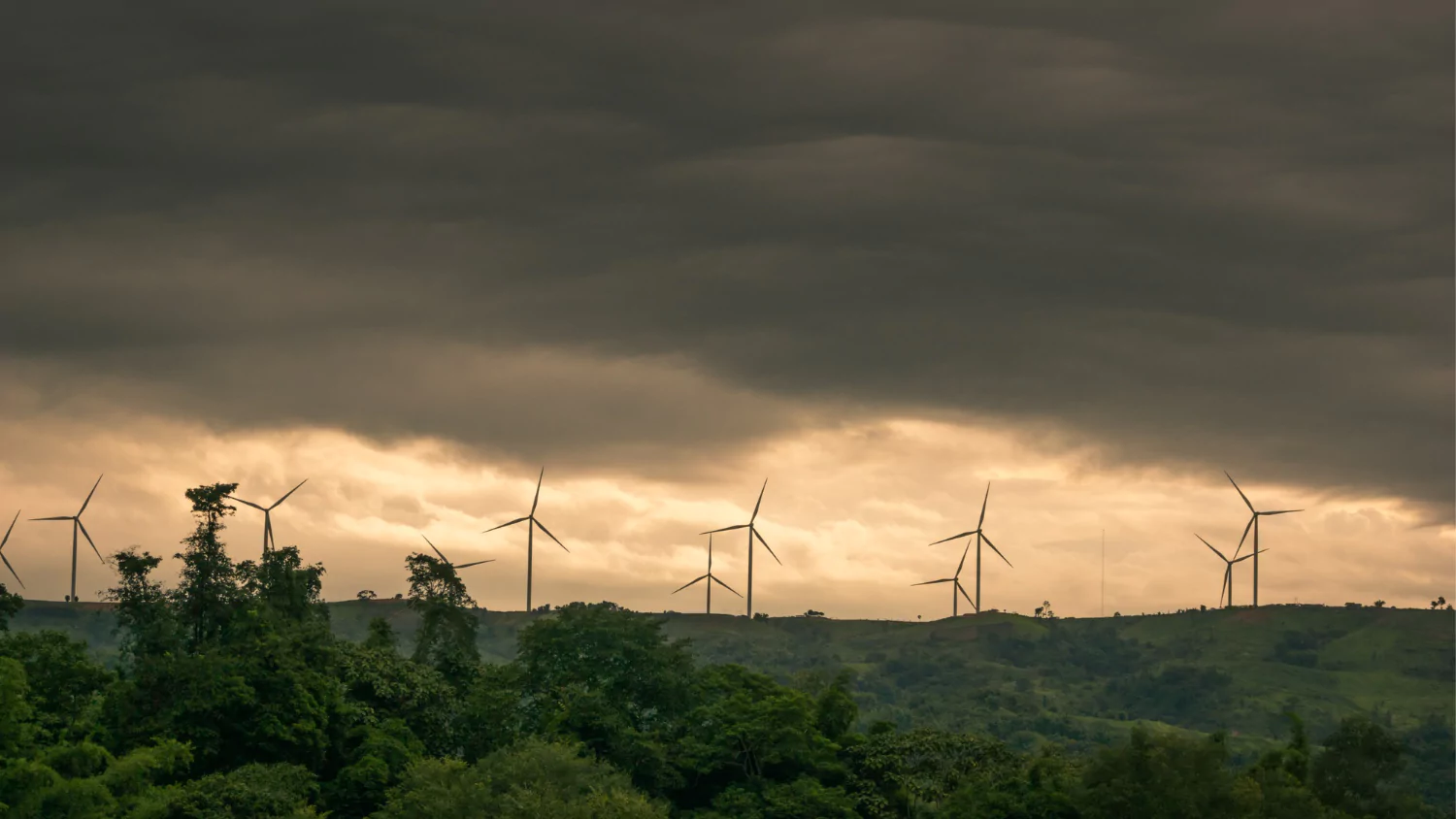
Have you noticed how the air feels fresher after a good downpour? Recently, Delhi recorded its cleanest July in 10 years, with an average AQI of 79, thanks to heavy rains. For a city used to gasping under very poor AQI air quality levels, this news sounded like a blessing.
But here’s the big question, does rain really clean the air, or is it just a temporary trick of nature?
Let’s read more about the science, the myths, and the facts behind rain, air quality, and air pollution, while also looking at how it affects you and what you can do.
What is Air Quality & How It’s Measured?
Now, let’s break down the basics. Air quality simply refers to how clean or polluted the air is. To measure it, scientists use something called the Air Quality Index (AQI).
AQI is a score calculated based on the concentration of pollutants like:
- PM2.5 (tiny particles that enter your lungs and bloodstream)
- PM10 (dust and larger particles)
- Nitrogen dioxide (NO₂)
- Sulfur dioxide (SO₂)
- Carbon monoxide (CO)
- Ozone (O₃)
The higher the AQI, the more polluted the air. People often check air quality today on apps or government websites to know whether it’s safe to go outside.
Why Air Quality is Bad in India?
India is home to some of the most polluted cities in the world—driven by a mix of human activity and natural factors.
Vehicle Emissions
With millions of vehicles on the road, nitrogen oxides and carbon monoxide flood the air daily.
Industrial Pollution
Coal-based power plants and factories release massive amounts of particulate matter.
Stubble Burning
Seasonal burning of crop residue in Punjab and Haryana adds smoke to already polluted skies.
Construction Dust
Rapid urbanization means constant construction, contributing to PM2.5 and PM10 levels.
Weak Enforcement
Environmental laws exist, but on-ground implementation is often lacking.
So while rainfall helps temporarily, the root causes of India’s bad air quality remain constant.
Can Air Quality Make You Sick?
The answer is yes, absolutely. The effects of air pollution are wide-ranging and can impact you both in the short and long term.
Short-term Effects
- Coughing
- Eye irritation
- Headaches
- Fatigue
Long-term Effects
- Asthma
- Lung cancer
- Heart disease
- Reduced life expectancy
🌍 Did you know? The WHO estimates 7 million premature deaths each year linked to air pollution.
Even moderate AQI levels can affect children, elderly, and pregnant women.
Are Air Quality Monitors Accurate?
You may have noticed different AQI numbers on various apps and wondered,
“Which one is right?”
Here’s the truth:
Government Monitors
✅ Very accurate, but fewer in number. They are considered the gold standard but may not cover every location.
Low-cost Sensors
🌍 More widespread and affordable, but can be slightly off due to weather conditions like humidity or temperature changes.
If the AQI shows Poor or Severe, you know it’s unsafe — whether one app says 180 or another says 200.
What Air Quality is Good?
Good question. According to India’s AQI scale:
- 0 - 50 Good (satisfactory, little or no risk)
- 51 - 100 Satisfactory (minor breathing discomfort possible)
- 101 - 200 Moderate (vulnerable groups may feel effects)
- 201 - 300 Poor
- 301 - 400 Very Poor
- 401 - 500 Severe
WHO Air Quality Guidelines
The World Health Organization (WHO) is even stricter. According to the latest guidelines:
- PM2.5: should not exceed 5 µg/m³ annually and 15 µg/m³ daily.
- PM10: should not exceed 15 µg/m³ annually and 45 µg/m³ daily.
Myths vs Facts About Rain and Air Pollution
Let’s bust some common myths:
🌧️ Myth 1
Rain permanently improves air quality.
✅ Fact
It’s temporary. AQI improves during rainfall but often bounces back.
🌧️ Myth 2
If AQI looks good after rain, pollution is gone.
✅ Fact
Pollutants re-accumulate as soon as sources continue.
🌧️ Myth 3
Heavy rain means zero pollution.
✅ Fact
Even cities with monsoons, like Mumbai, have pollution due to vehicles and industries.
🌍 Examples of Rain & Pollution
- Beijing: AQI improves during summer rains, only to worsen again in winter.
- Mumbai: Despite heavy monsoon rains, AQI often stays moderate due to traffic and industrial emissions.
🌧️ Why Rain Alone Isn’t Enough?
The truth is that the rain is not a solution; it’s just a breather. Pollution sources such as cars, factories, and stubble burning don’t stop when it rains. As soon as the skies clear, AQI rebounds. That’s why we need systemic, long-term changes.
🌱 Long-Term Solutions to Improve Air Quality
- Cleaner transport: More EVs, less diesel.
- Stricter emission controls: For industries and power plants.
- Urban greenery: Trees act as natural air filters.
- Personal steps: Using masks on bad air days, planting trees, reducing personal car use, checking daily AQI reports.
😷 Air Quality Today: What You Can Do?
Want to protect yourself right now? Here’s how:
- Check AQI air quality daily using apps like AQI India, AirVisual, or CPCB.
- Avoid outdoor exercise when the AQI is poor.
- Use N95 masks when stepping out on bad air days.
- Air purifiers can help indoors.
- Stay hydrated; pollution worsens dehydration effects.
Remember that you can’t control the weather, but you can control how you respond to poor AQI. So, does rain really improve air quality? Yes, but only for a while.
Rain acts like nature’s broom, sweeping away pollutants and giving us a short-lived breath of fresh air. But unless we tackle the root causes of air pollution from vehicles, industries, and crop burning, we’re only waiting for the next shower to save us.
Next time it rains and the air smells fresher, enjoy the moment, but remember: clean air isn’t a gift of rain, it’s a right we must fight for. What’s the AQI in your city today, and how are you protecting yourself from it?
At Equinox Labs, we understand that clean air isn’t just a comfort, it’s a necessity. With years of expertise in environmental testing, we help organizations monitor and manage both indoor and outdoor air quality through advanced scientific methods and accurate reporting. From assessing pollution levels to ensuring compliance with health and safety standards, Equinox Labs empowers businesses, facility managers, and communities to take informed steps toward a healthier tomorrow. Because when it comes to the air we breathe, reliable testing is the first step to lasting solutions.
Frequently Asked Questions (FAQs)
Related Blogs
The Impact of Climate Change on India's Agriculture and Food Security
- 23 September, 2024

